THX Onyx Portable DAC Headphone Amplifier
Clean and powerful sound that takes Apple Music and Tidal to the next level
WE LIKE
WE DON'T LIKE
- Adds spatial audio to headphones
- Solid aluminum build quality
- Powerful amp comparable to desktop units
- Extra dongle needed for iPhones
- No app or EQ customization
- MQA can drop out unexpectedly
WE LIKE
- Adds spatial audio to headphones
- Solid aluminum build quality
- Powerful amp comparable to desktop units
WE DON'T LIKE
- Extra dongle needed for iPhones
- No app or EQ customization
- MQA can drop out unexpectedly
Before we jump into the THX Onyx Portable DAC Headphone Amplifier, fans of Home Theater United know that Brian and I got to spend some time with Steve Martz and Andrew Mason last week talking about the history of THX, their acquisition by Razer, and the launch of the first product with THX branding, the THX Onyx. I also let it slip that I was mid review of this interesting new product and that my initial impressions were super favorable. Well here we are a week later and I’ve spent hours with my head ensconced in a few different Beyerdynamic cans ad I’m ready to tell you all about it. Let’s go!
The Hardware
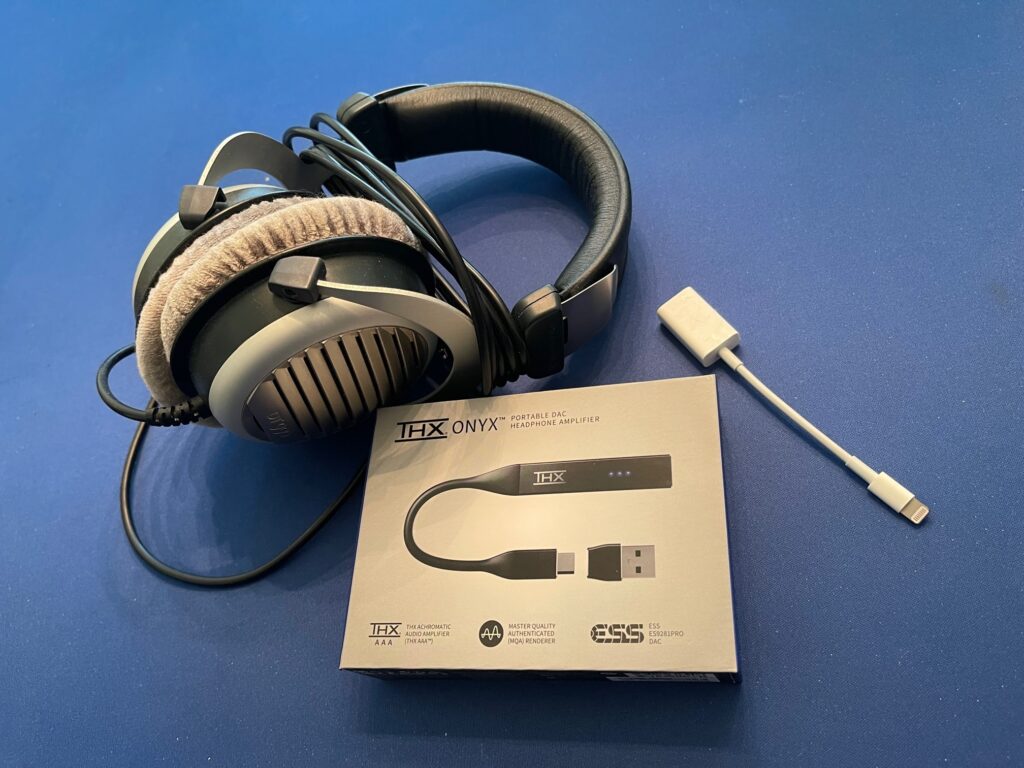
THX Onyx ships in a box about the size of a 3×5 card, opens with a slick magnetic latch, and presents a classy out of box experience with the left side showcasing how easy connections are and the milled aluminum chassis of the unit shown in a curl.
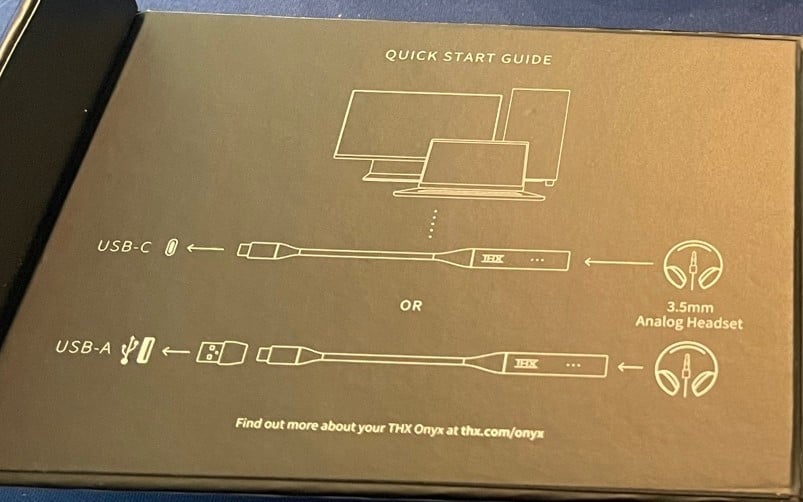
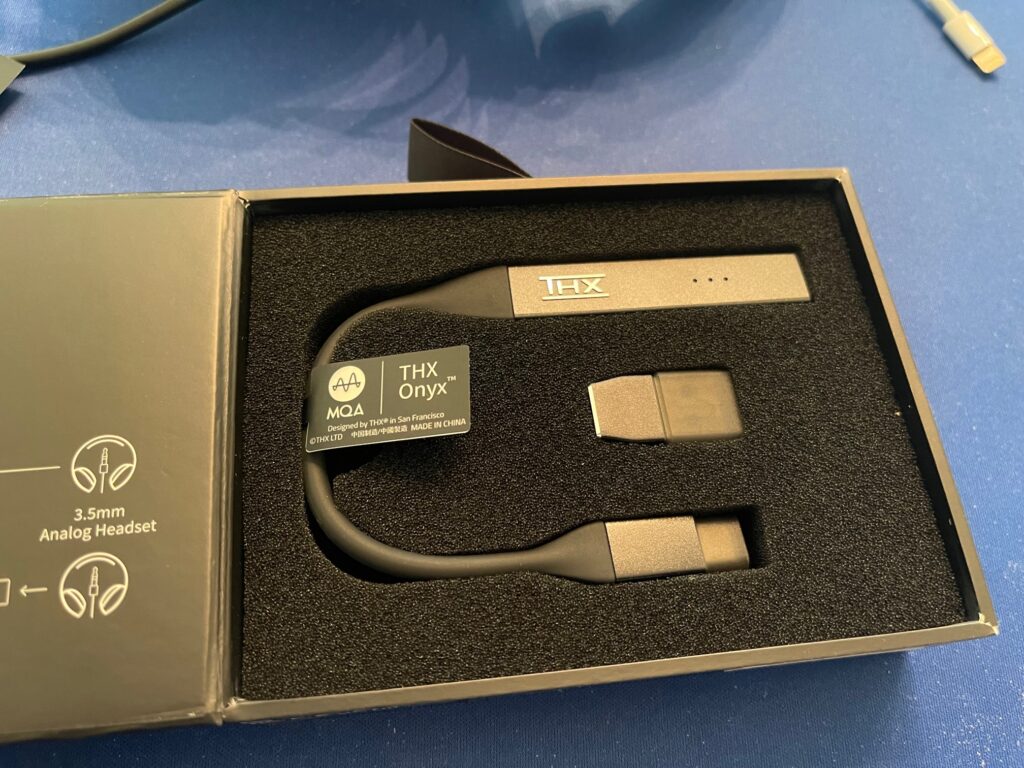
For those of us connecting to iPhones and older iPads tho, it’s a little more complicated. You need a 2nd dongle to connect the THX Onyx to Apple’s proprietary Lightning port. And only one of the dozen different varieties works. It MUST be an authentic Apple Slim Lightning to USB cord. An added fee on top of the added length, but it works great and connects securely. With my iPad Pro tho it just plugs into the USB-C port, which is great.
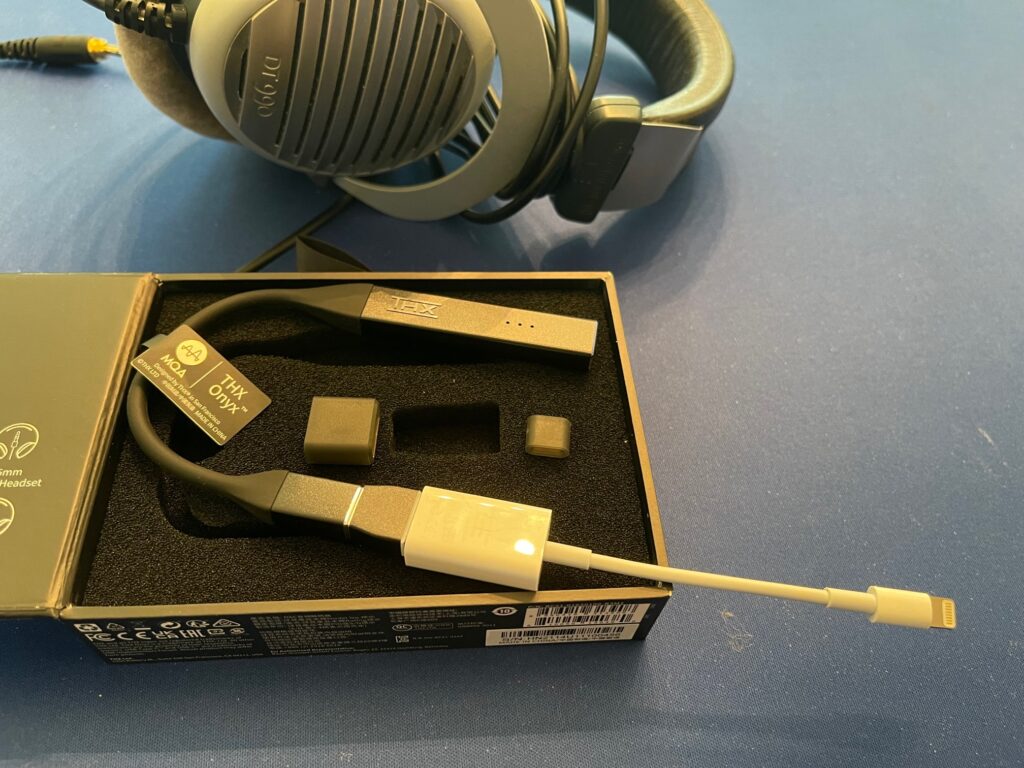
And, if like me, your cans have a cord that’s already 10 feet long, it’s not noticeable in the grand scheme of things. Even if the plug is bent at an awkward angle =)
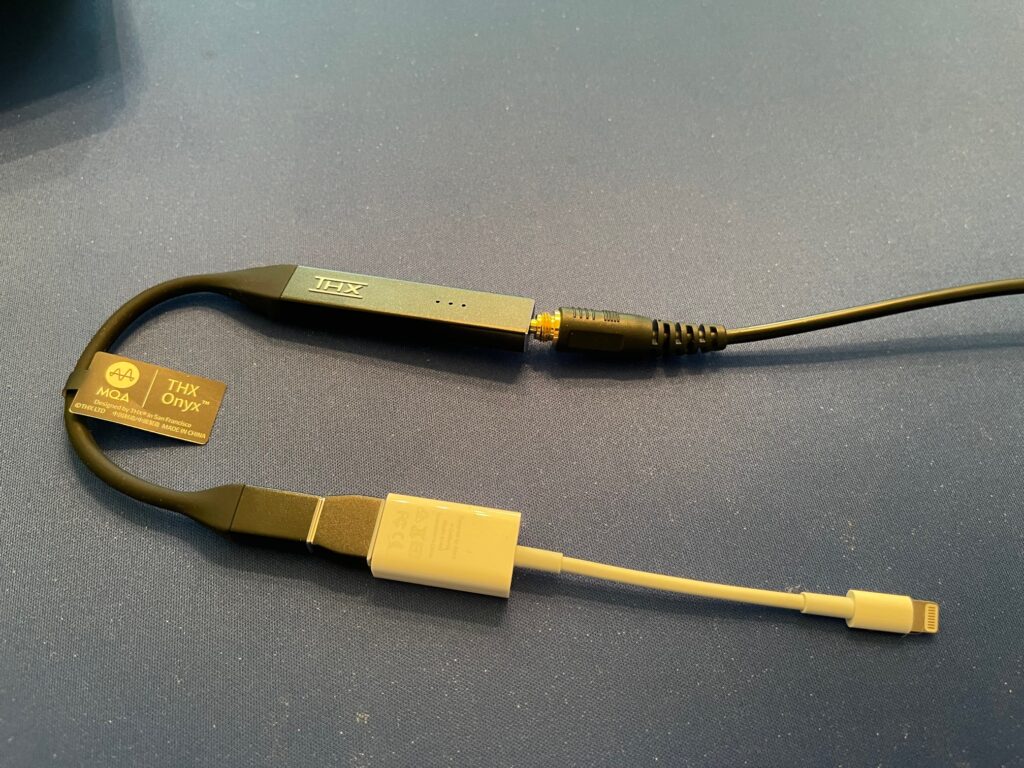
Here’s how easy it is to set up: Andrew Mason shows you how to setup Onyx
So far I have tested the THX Onyx with Beyerdynamic DT-770 Pro closed back headphones, DD-990 semi-open back headphones and even a set of Mackie BT-5 desktop powered speakers fed by both the iPhone 12 Pro Max and the latest iPad Pro 12.9. All configurations were just plug and play.
So what makes the Onyx special?
THX Onyx is the first portable DAC/Amp to feature THX AAA, Achromatic Audio Amplifier, essentially providing as much power as a desktop DAC/Am in a small form factor.
– It features an ESS ES9281PRO DAC for studio quality sound.
– It’s cross platform compatible, working with PCs, Macs, Android phones and iOS devices including iPhone and iPads.
– It supports Tidal’s Master Quality Audio (MQA, more on that later) as well as Apple Lossless, tho as of right now the UI doesn’t have a way of telling you if you are getting Apple Lossless/Atmos, which is a bit of a bummer.
The UI could not be simpler. Blue dots if everything is working right, red/magenta dots if you are getting MQA. (As someone who is multiple kinds of color blind the difference between red and magenta is kinda lost on me, for the record!)

Here’s what it look like connecting it to Mackie BT-5 powered speakers, excuse the mess!
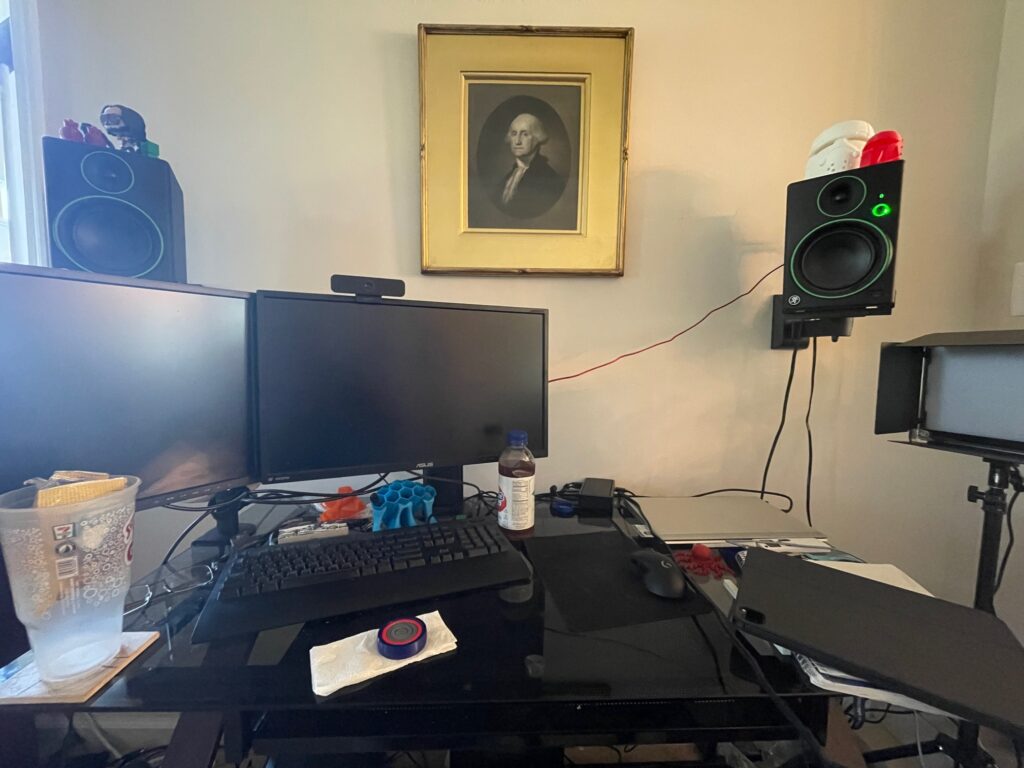
Obviously since THX Onyx are self powered getting an amped signal doesn’t have the same effect output wise, but the quality of the high resolution audio is even more apparent to me than listening via headphones. Your experience may vary but I really liked this combo.
No seriously, protect your hearing!
Do NOT put your headphones on without testing the volume first. This is an Amplifier as well as a DAC and you can hurt yourself if you aren’t careful.
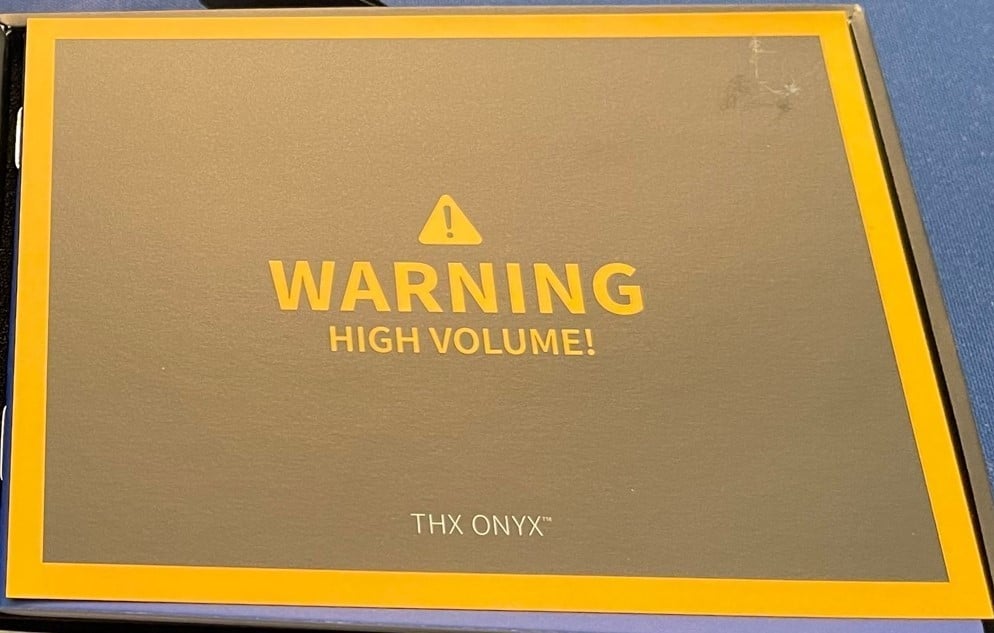
Testing THX Onyx with Apple Lossless and Atmos
It’s plug and play as long as everything connects right, no drivers to mess around with or anything on iOS at least. And that’s pretty much it from a hardware setup.
On the settings side tho, I recommend you: Set Lossless to on under Audio Quality, and set cellular streaming to high quality if you don’t have unlimited data and lossless if you do. And set Wifi Streaming / Downloads to High Resolution Lossless. Set Dolby Atmos to -always- not automatic. (Pro tip: If you leave it on automatic THX Onyx somehow tells Apple Music to only send it lossless, not full fat Atmos)
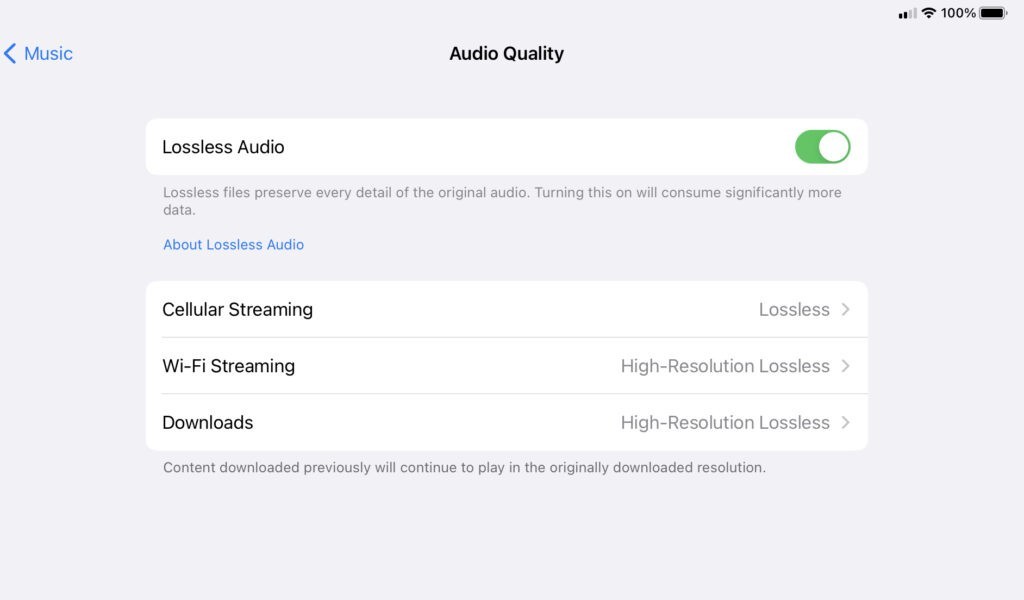

As I said it reports ‘standard’ music with blue dots even when being fed Atmos tracks.
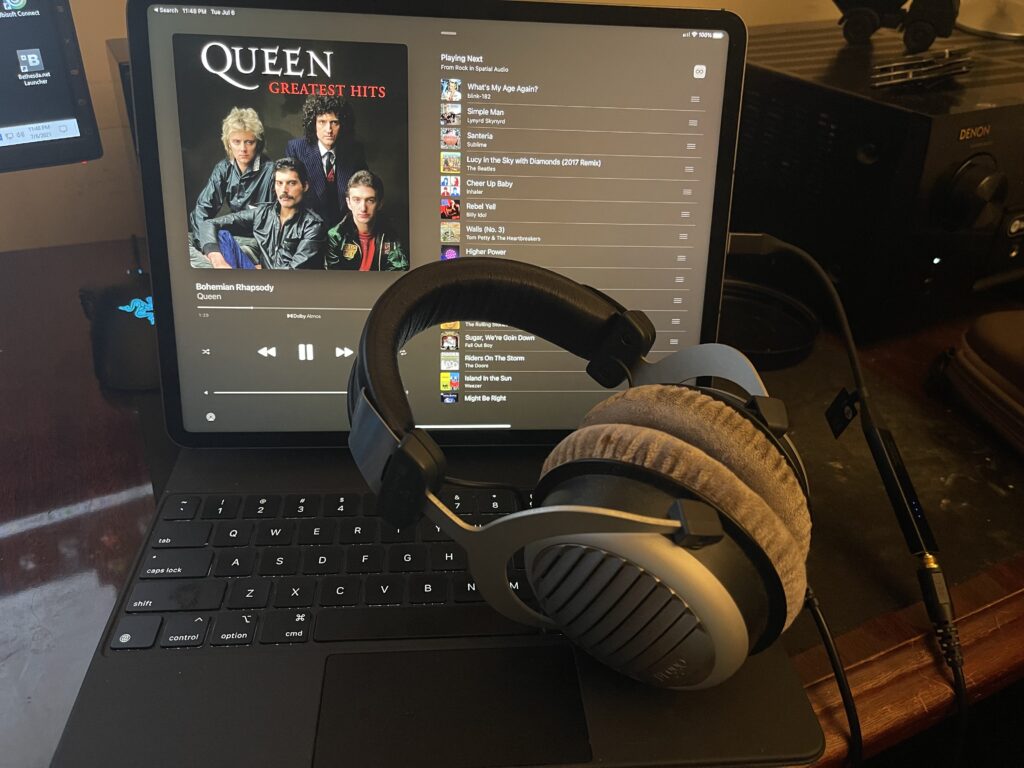
I’ve made no secret for my love for the new Apple Atmos / lossless combination, to me the spatial audio is more important to me than the bitrate. But! Here’s the thing! It’s essentially a =free= feature upgrade. If you just want Lossless, turn off Atmos. If you want it all, turn on all the things. It costs nothing if you are already an Apple music subscriber, and I’ve been once since the day Music Match went live. All my rips are in the cloud and synced for perpetuity, but I haven’t ‘bought’ a song since Music hit $99 a year.
The only people who are going to be frustrated here are those who want to stick with the original stereo mixes they know well and that’s a battle that is going to go on forever. I get it, it’s weird if a new version of a song you love moves things around just enough that it throws off your rhythm. It happens to me too. but musicians have been remixing their works since long before George Lucas messed up and had Greedo shoot first. We can argue whether this is about artistic control, locking in copyright for longer periods of time, screwing over studios, or just plain whims, but it’s their work and they get to decide which version goes up on streaming services. If you are vapor locked over changes to these mixes I suggest you buy any mixes that really matter to you on CD, climb into a bunker, and cling to them to dear life, because on stream their choice is the last word.
Am I golden ear? Hell NO. Can I reliably pick out the differences between Stereo MP3, Lossless, and Atmos? Not always, at least not unless a spatial audio mix is involved. But it simply doesn’t matter. I get the best possible audio quality for no additional cost. And I generally -like- the Atmos mixes, even if they sound a little foreign at first, so that format has priority until I’m underground. I prefer spatial mixes in 7.1.4 (in my basement theater off Apple TV!) where I can hear Neal Peart drumming a circle around my head with laser like accuracy, but Tom Sawyer sounds pretty damn great on good cans. And you know what? That has completely satisfied my lizard brain saying “You know it could have sounded a smidge better if you just ripped all your CDs to FLAC yourself.” Nope, the days of that foolishness are over. For me, at least.
Testing With Tidal
Which brings us to Tidal and MQA.
MQA is Tidal’s Master Quality Audio tracks, similar to Apple’s Lossless tier. Tidal has been featuring MQA for a while and I think Amazon also has some of them but I didn’t delve into any other players so far. Also note these tracks are NOT spatial audio, so if that’s a deal breaker you are back to Apple music. I hear Amazon might have something in that space too, not sure.
Life’s been good to me so far.
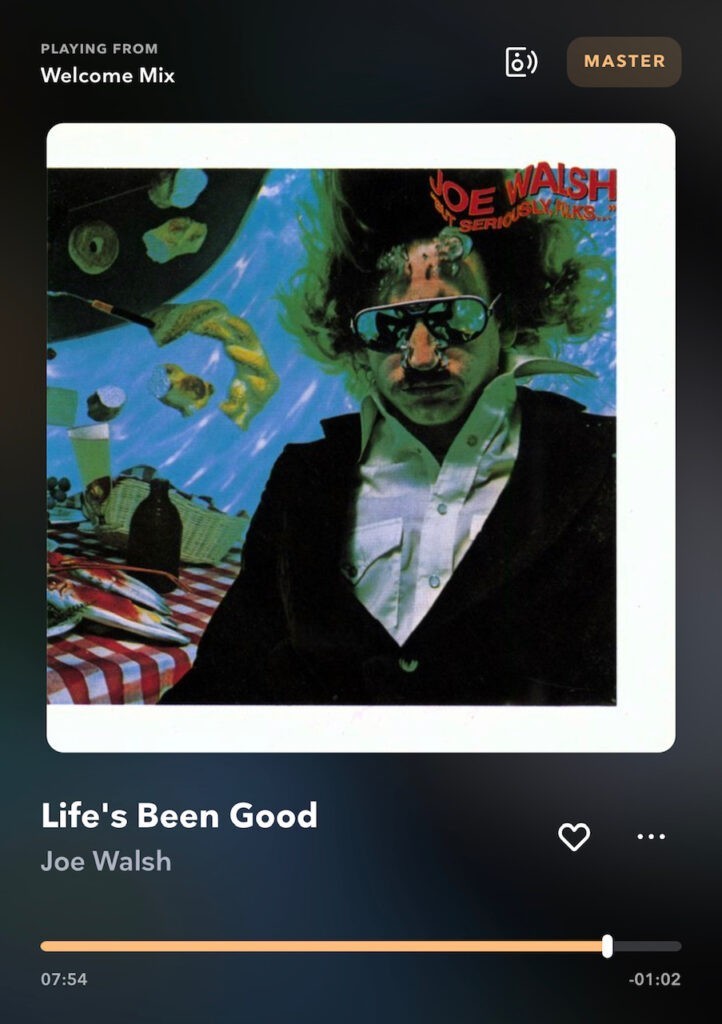
To get MQA you need to subscribe to Tidal’s Hifi tier. At $26 bucks a month.
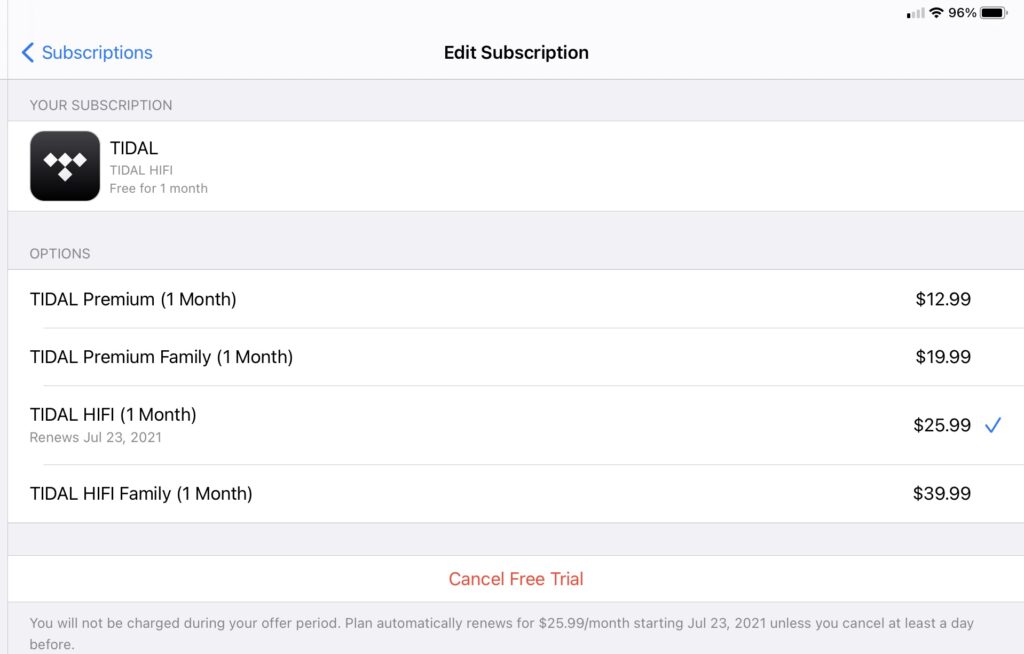
Now, maybe before Apple released Lossless and Spatial music in Atmos (bundled in with Apple Music subscriptions at $99 a year) that might have been a good deal. IF you are a golden ear and can tell which is lossy MP3 and what is lossless over a cellular or even wifi stream. But if, like me, you can’t do that reliably, you are looking at $350 a year for those bragging rights. And you’ll probably want to subscribe to Apple Music -on top of that- to get Spatial audio and all the Lossless tracks that Apple has that Tidal does not. Is there some dispute over who has the bigger collection of higher bitrate Lossless tracks? Sure, and if you want to be a pawn in that battle go nuts. For me tho my Tidal subscription is ending the day my free month ends, if not before. Apple Lossless is great and it’s made even better for me with an THX Onyx and good quality over the ear headphones, even if the top tier lights aren’t lit up to confirm I’m getting all I could.
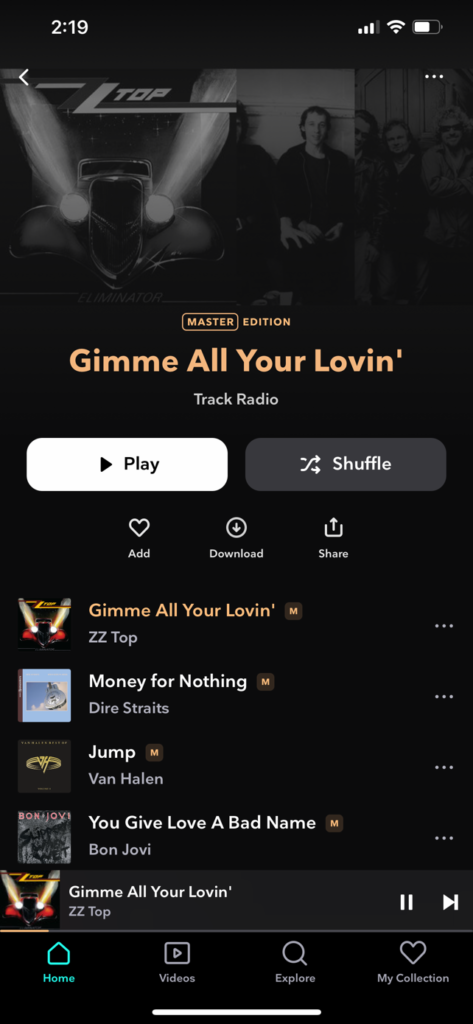
There’s also a weird quirk using Onyx with Tidal MQA. If you get a text message, phone call or take a photo or otherwise get some kind of system sound to play while listening to an MQA track you will bust out of MQA and into the blue dot zone of standard music because of how Apple handles mixing sounds. You won’t go back to red dot MQA until the next song, and that and all subsequent ones could bust out at any time too. Worse, for me, my ears weren’t golden enough to reliably detect when this happens, the only way I could tell was the THX Onyx telling me that quality was suffering. Which, to be honest made me question the Tidal value even more. At least with Apple Lossless I was pretty sure nothing was dropping to lower quality, tho I had no light changes to prove it.
HONK if you love MQA.
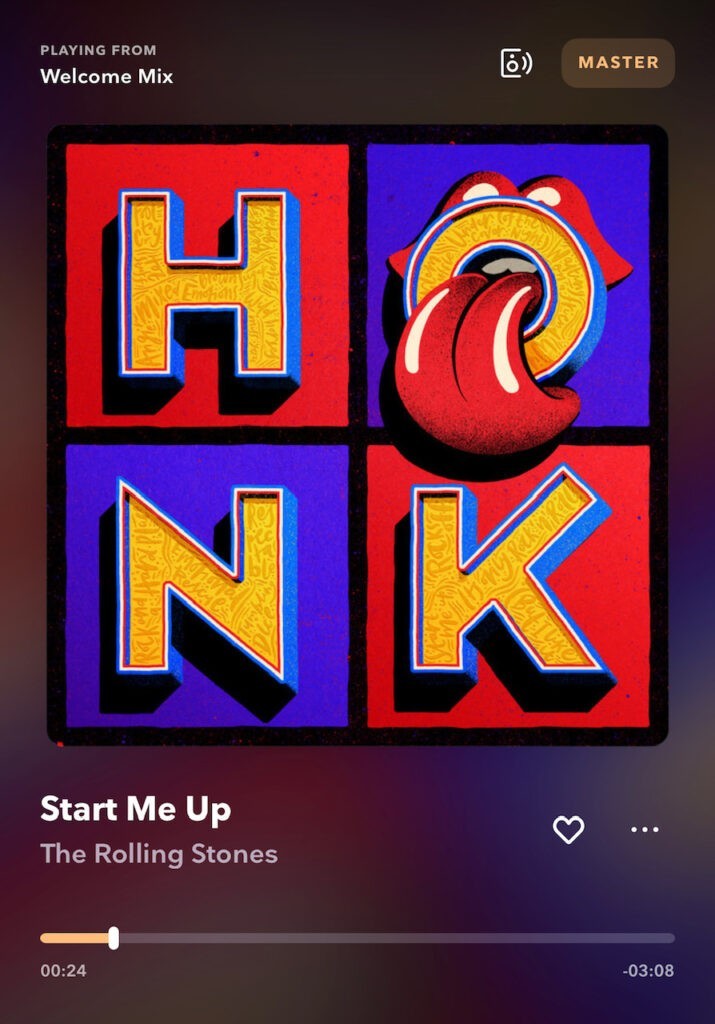
The Specs
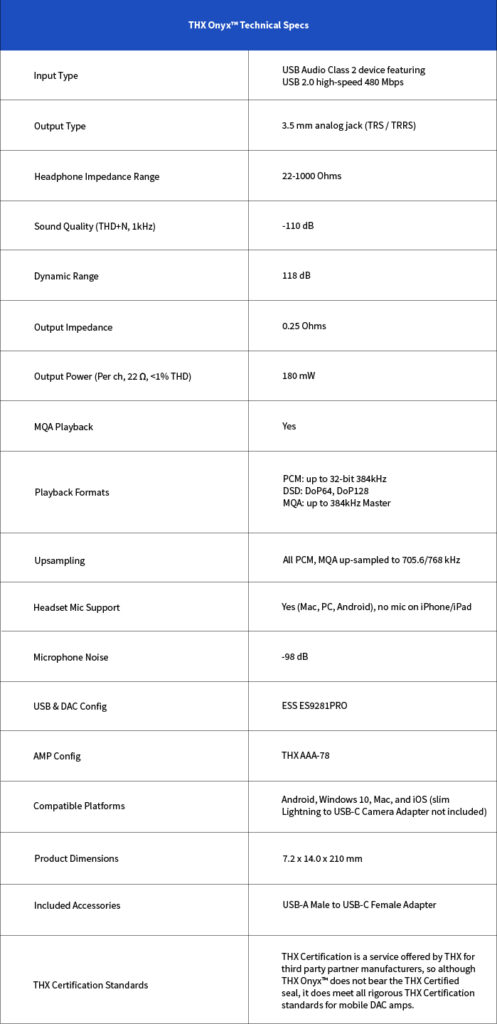
Verdict
I’ve barely begun scratching the surface with Onyx and I’m looking forward to spending more time with it. One angle THX is pushing heavily is using THX Onyx with gaming, and I’ve yet to check that out. Where I will be digging deeper is into my favorite playlists: Break Bass
Apple’s spatial Audio playlists: Spatial Rock
And combing through shared playlists featuring spatial and lossless audio like this one from TLD: Jonathan and Friends
For me, THX Onyx’s ability to push my favorite headphones to brutal new loudness, plus adding lossless and spatial audio essentially for free onto the Apple Music subscription I enjoy is a solid win. Adding high quality tracks from Tidal, Amazon and other services plus the possibility of gaming on it is just gravy. Now if you’ll excuse me I’m going to keep digging into my favorite tracks and ‘see’ what I’ve been missing.
Sam is both a moderator and reviewer at Home Theater Forum and is the voice behind Home Theater United, the Home Theater Forum Podcast which he started with cofounder Brian Dobbs. Sam has long advocated modest, best “bang for the buck” theater components and is loving every minute of this golden age of home audio-visual magic. Sam is a software engineer, a former volunteer firefighter, a current planning commissioner, leader of a large board gaming group and the personal servant of two tuxedo cats.
Post Disclaimer
Some of our content may contain marketing links, which means we will receive a commission for purchases made via those links. In our editorial content, these affiliate links appear automatically, and our editorial teams are not influenced by our affiliate partnerships. We work with several providers (currently Skimlinks and Amazon) to manage our affiliate relationships. You can find out more about their services by visiting their sites.

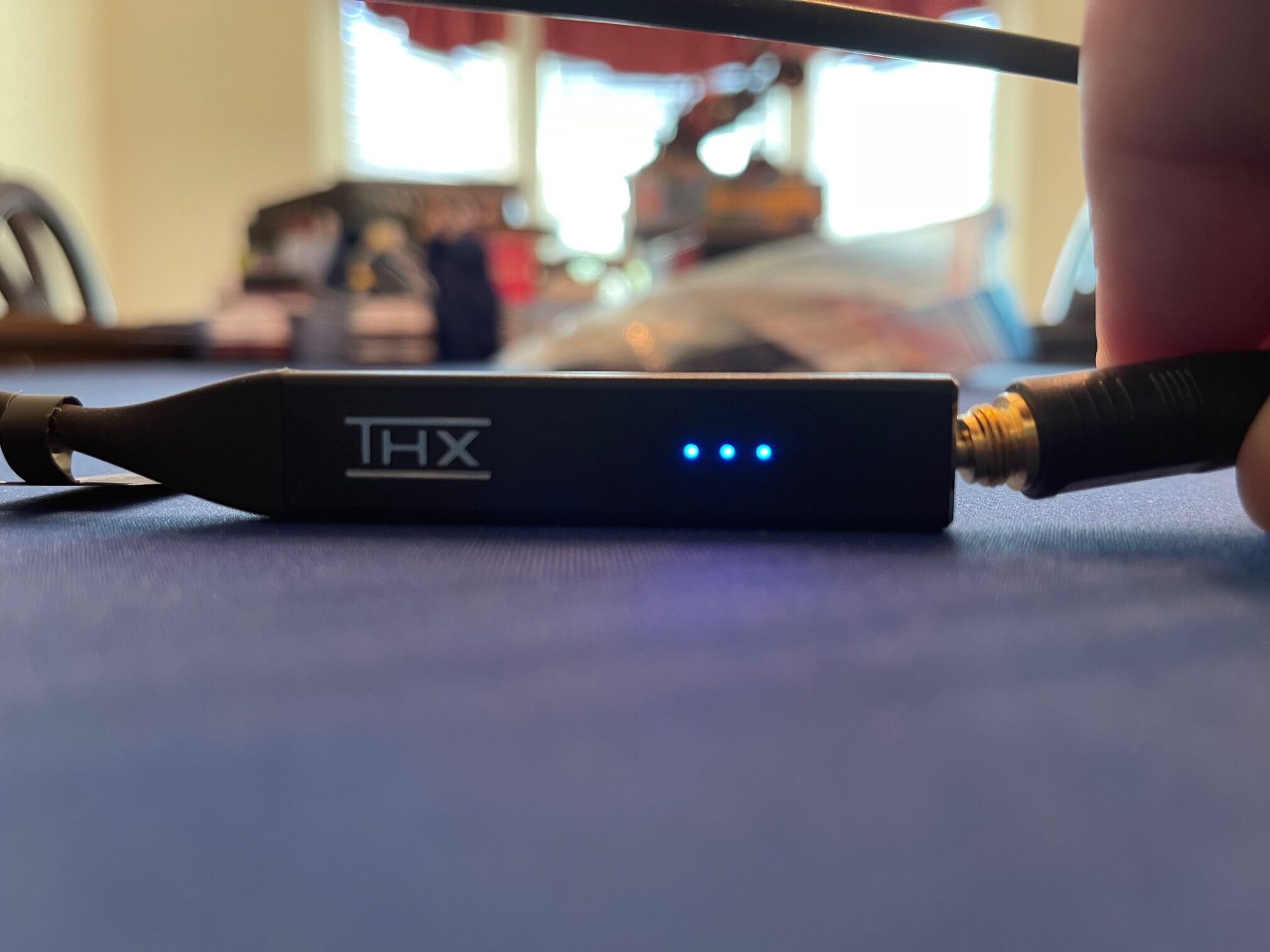






Similar threads